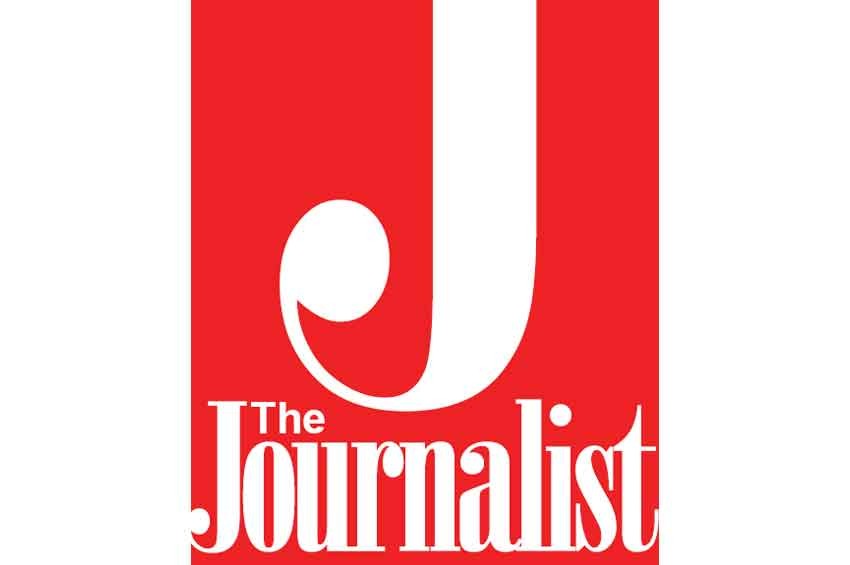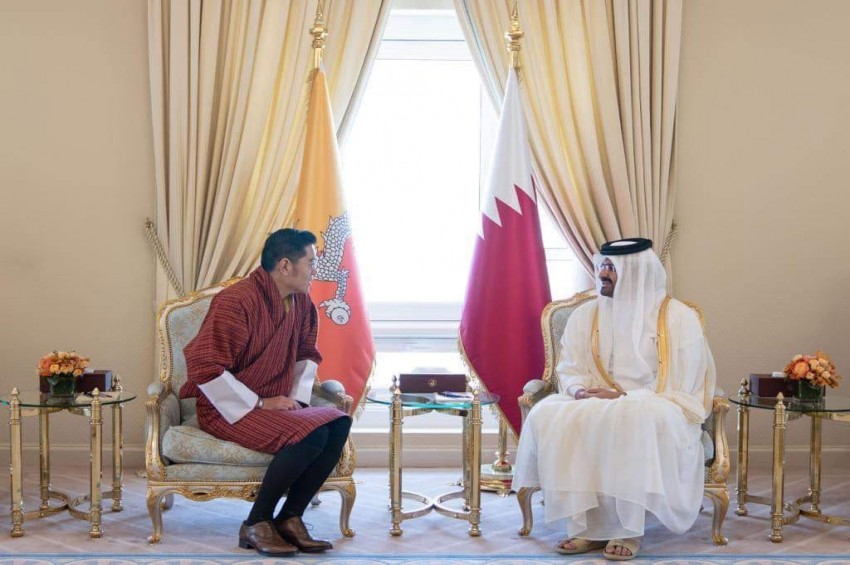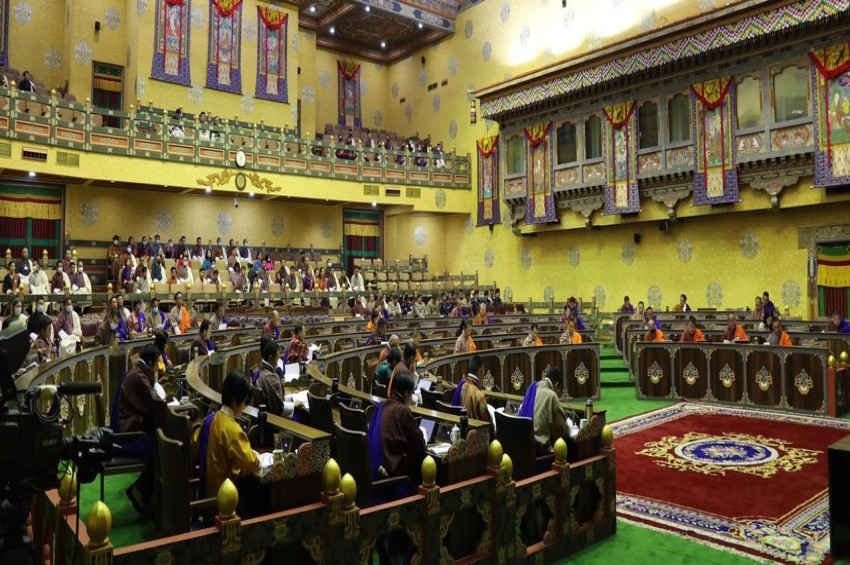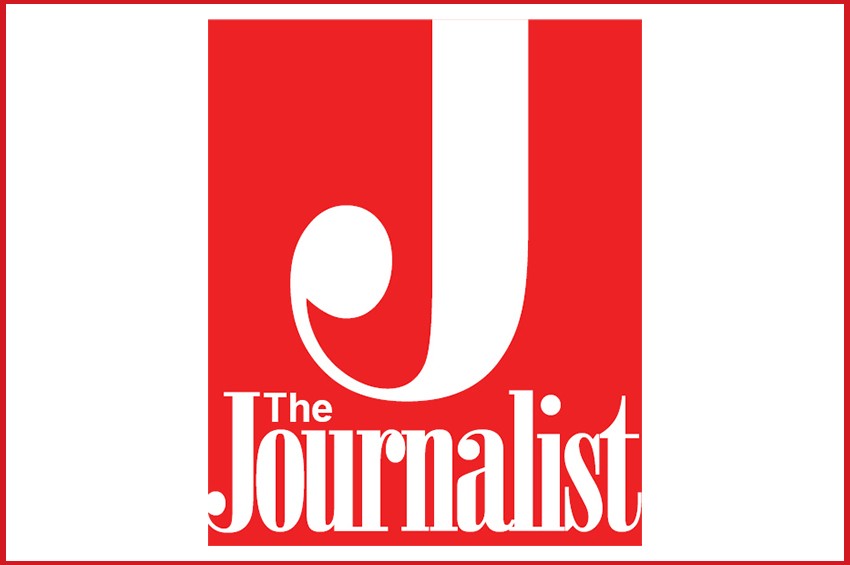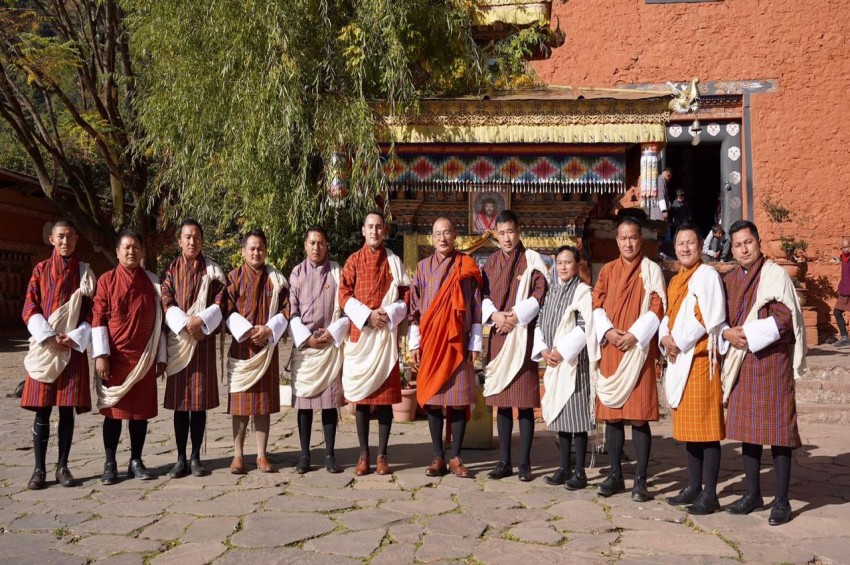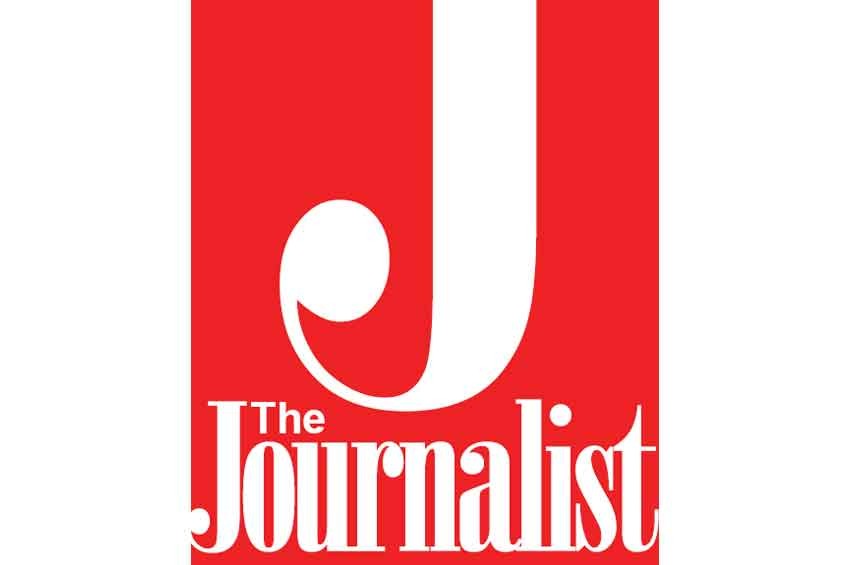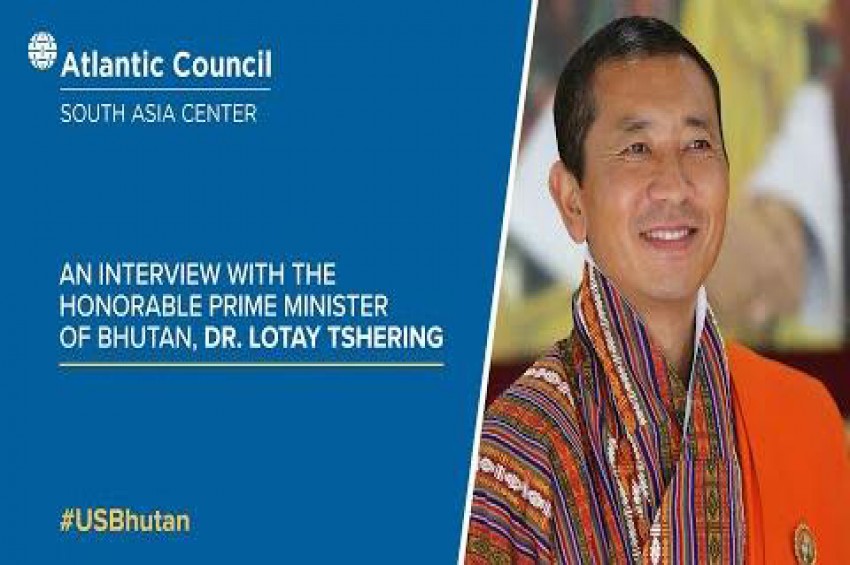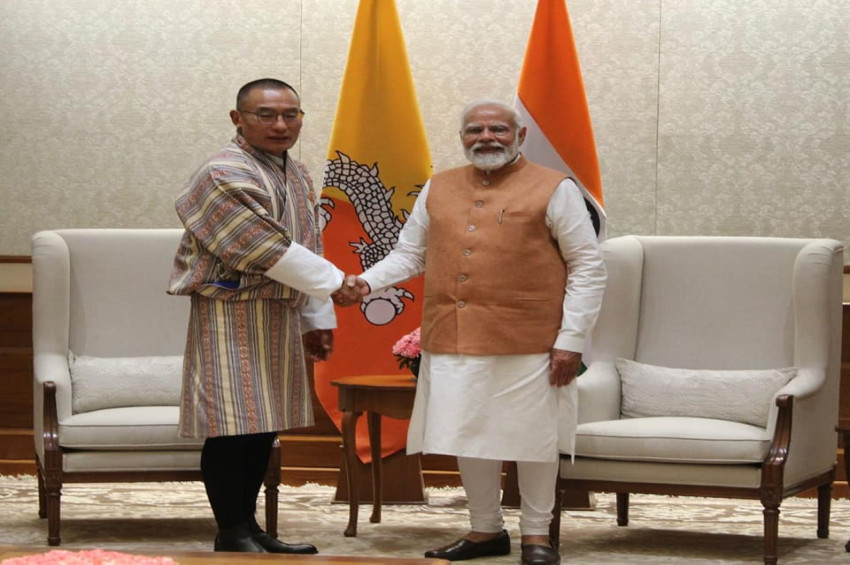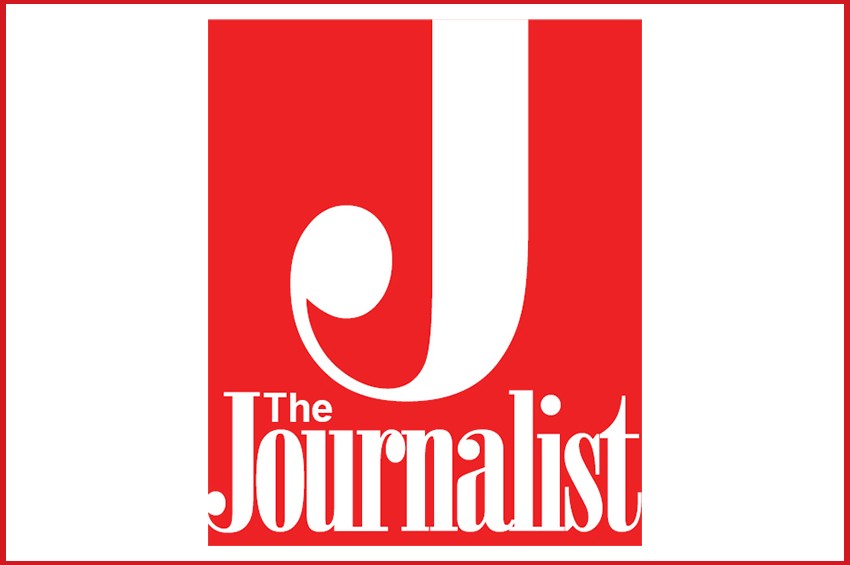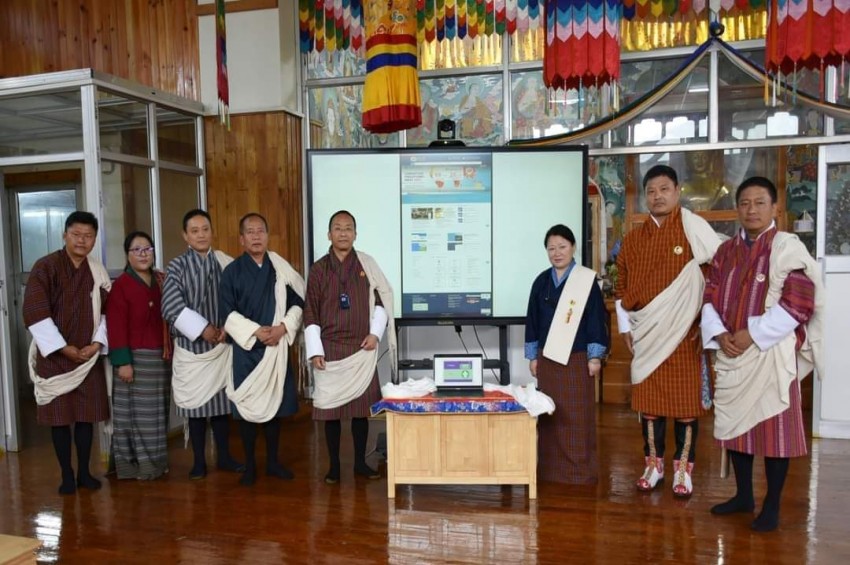An analysis of the last general elections and indications of the 2023 elections
With the Druk Thendruel Tshogpa (DTT) conducting its first convention on May 2, 2022 at Paro, it is clear that there will definitely be four political parties contesting to form the government in 2023. There could be more, for there is still time, at least to form a party. At this juncture, it will be difficult to bet on any party, as the DTT is yet to declare all its 47 candidates. Similarly, there will be changes in candidates of other parties, supporters shifting allegiance, party’s manifestos and other factors, which are crucial determinants of an election.
The 2018 elections surprised many people and political analysts have done their share of the job. The Peoples’ Democratic Party (PDP) which secured the highest votes in the Electronic Voting Machines (EVM), performed poorly in the postal ballots, which affected its overall performance. The Bhutan Kuyennam Party secured the lowest number of votes.
The biggest surprise was the Druk Nyamrup Tshogpa (DNT), which stood third in the 2013 primaries and in 2018 secured the maximum number of votes - 92,722 (31.8 percent). It emerged as the most popular party in terms of vote sharing and popularity. The DPT stood second with a total 90,020 votes (30.9 percent). While the DNT won in 16 constituencies, the DPT won in 22 constituencies, mostly in eastern Bhutan. The PDP won in nine constituencies securing 56,180 votes in EVM and only 23,703 in the postal ballots (27.4 percent).
Postal ballots always played a role in DPT getting through the primary round. Postal ballots significant increased in number and in the six eastern Dzongkhags, where DPT did well, the party had the largest share of the postal ballot.
When juxtaposed with the DNT, the PDP was not the most popular party across all sections of the population. In 2018, postal ballot services were availed by the civil servants, armed forces personnel, the corporate and private employees, Bhutanese living abroad and those with special needs. As DNT secured the highest votes from the postal ballots and only one thousand less votes in the EVM ballot from the DPT, political pundits defined DNT as the party popular among all sections of the society. Though it cannot be verified, there are probabilities that educated voters, civil servants and Non-Resident Bhutanese population voted for DNT. Additionally, DNT made a dent in the South securing maximum seats from the south-central region, which has traditionally supported the PDP.
As per ECB figures, the voter turnout was over 71. 61 percent in the second round, a net gain of 5.2 percent over the first round and about 5.5 percent above the turnout in the 2013 elections. Of the 438,663 registered voters, 314,133 participated in the elections. Of the total votes cast, around 63 percent were through EVMs, and the rest were by postal ballots.
The final round saw what could be called a realignment of forces away from DPT. It appeared that significant percentage of the votes polled by PDP and BKP swung towards DNT. It raised DNT’s poll percentage from 31.85 in the first round to 54.95, which was an increase of about 13.10 percentage points. The DPT also saw an increase of 14.13 percentage points to its votes (from 30.92 percent to 45.05 percent). Nonetheless, DNT won in 30 constituencies and formed the government.
While some say that it is the beauty of Bhutan’s electoral system, while others criticize it, the two parties that go to the second round is determined by the total number of votes won. It does not matter if a party wins from about 10 constituencies with very less voters. A party that secures support, for instance from the large constituencies of Trashigang, Samtse and Mongaar would easily qualify for the second round. This is exactly why parties focus more in these constituencies.
It cannot be certainly said how Bhutanese vote and chose a party. Is it the manifesto and pledges? Is it candidates? Is it attachment to a party? Do the educated lot influence rural voters?
While the first three could be factors, the fourth does not have much steam, for the PDP, which won in the EVM lost due to postal ballots. This means that people in urban Bhutan could not convince their relatives in the rural areas. Another clear indication is that voters are also divided even within a household. The PDP’s success in the EVM indicates this. A son may have voted for the DNT, while his mother in the village for the PDP. Experiences in the local government elections this year say the same, with many urbanites saying that folks in rural Bhutan now say they know which candidate to vote for.
Social media plays an important role and as elections near, there will be mud-slinging and related dramas. It has been proven in other countries that social media can “brain wash” people, so much so that political parties pay millions for social media services. Bhutanese political parties also employ services of the media, forming their own media houses. Thus, the efficiency of these media houses could also be a factor in the elections.
Coming to the forthcoming elections of 2023, political observers have a load to say. Many say that if the current government wants to perform like the 2018 elections, they will need to get through the anti incumbency sieve. And this is a uniform message in bother urban and rural Bhutan. Thus, DNT has a lot of explanations and convincing ones to do.
The entry of DTT has added a new dimension to the elections. While some political experts say that as DTT has connections with DPT, especially as the founder is a former DPT candidate, people who have not supported DPT would not support DTT, too. However, there is the other flip of the coin. With words spreading that DPT has lost its base, DPT supporters would then shift to DTT, making it a force to be reckoned with. Few political observers also say that voters frustrated with DNT and DPT would go for PDP and DTT. However, the percentage going towards DTT would be more, due to historical differences between DPT and PDP supporters since the first elections of 2008.
The Southern vote would play another role. Unlike the East, the people of Southern Bhutan vote en-bloc. Traditionally, they have voted for the PDP in the last two elections. Will this remain the same? In the words of a senior journalist, “this could be the defining factor in the 2023 elections.”
However, across all boards, it is established that postal ballots will play a very important role. The election commission of Bhutan (ECB) could increase the facilitation of postal ballots, due to technological innovations. With elections held during the monsoon, travel expenses and other factors, voters would prefer to vote from their place of residence. And this is the very reason why all political parties have already spread their wings in urban areas. As the first half of the year ends, the political game would henceforth become more intense and interesting.
With the Druk Thendruel Tshogpa (DTT) conducting its first convention on May 2, 2022 at Paro, it is clear that there will definitely be four political parties contesting to form the government in 2023. There could be more, for there is still time, at least to form a party. At this juncture, it will be difficult to bet on any party, as the DTT is yet to declare all its 47 candidates. Similarly, there will be changes in candidates of other parties, supporters shifting allegiance, party’s manifestos and other factors, which are crucial determinants of an election.
The 2018 elections surprised many people and political analysts have done their share of the job. The Peoples’ Democratic Party (PDP) which secured the highest votes in the Electronic Voting Machines (EVM), performed poorly in the postal ballots, which affected its overall performance. The Bhutan Kuyennam Party secured the lowest number of votes.
The biggest surprise was the Druk Nyamrup Tshogpa (DNT), which stood third in the 2013 primaries and in 2018 secured the maximum number of votes - 92,722 (31.8 percent). It emerged as the most popular party in terms of vote sharing and popularity. The DPT stood second with a total 90,020 votes (30.9 percent). While the DNT won in 16 constituencies, the DPT won in 22 constituencies, mostly in eastern Bhutan. The PDP won in nine constituencies securing 56,180 votes in EVM and only 23,703 in the postal ballots (27.4 percent).
Postal ballots always played a role in DPT getting through the primary round. Postal ballots significant increased in number and in the six eastern Dzongkhags, where DPT did well, the party had the largest share of the postal ballot.
When juxtaposed with the DNT, the PDP was not the most popular party across all sections of the population. In 2018, postal ballot services were availed by the civil servants, armed forces personnel, the corporate and private employees, Bhutanese living abroad and those with special needs. As DNT secured the highest votes from the postal ballots and only one thousand less votes in the EVM ballot from the DPT, political pundits defined DNT as the party popular among all sections of the society. Though it cannot be verified, there are probabilities that educated voters, civil servants and Non-Resident Bhutanese population voted for DNT. Additionally, DNT made a dent in the South securing maximum seats from the south-central region, which has traditionally supported the PDP.
As per ECB figures, the voter turnout was over 71. 61 percent in the second round, a net gain of 5.2 percent over the first round and about 5.5 percent above the turnout in the 2013 elections. Of the 438,663 registered voters, 314,133 participated in the elections. Of the total votes cast, around 63 percent were through EVMs, and the rest were by postal ballots.
The final round saw what could be called a realignment of forces away from DPT. It appeared that significant percentage of the votes polled by PDP and BKP swung towards DNT. It raised DNT’s poll percentage from 31.85 in the first round to 54.95, which was an increase of about 13.10 percentage points. The DPT also saw an increase of 14.13 percentage points to its votes (from 30.92 percent to 45.05 percent). Nonetheless, DNT won in 30 constituencies and formed the government.
While some say that it is the beauty of Bhutan’s electoral system, while others criticize it, the two parties that go to the second round is determined by the total number of votes won. It does not matter if a party wins from about 10 constituencies with very less voters. A party that secures support, for instance from the large constituencies of Trashigang, Samtse and Mongaar would easily qualify for the second round. This is exactly why parties focus more in these constituencies.
It cannot be certainly said how Bhutanese vote and chose a party. Is it the manifesto and pledges? Is it candidates? Is it attachment to a party? Do the educated lot influence rural voters?
While the first three could be factors, the fourth does not have much steam, for the PDP, which won in the EVM lost due to postal ballots. This means that people in urban Bhutan could not convince their relatives in the rural areas. Another clear indication is that voters are also divided even within a household. The PDP’s success in the EVM indicates this. A son may have voted for the DNT, while his mother in the village for the PDP. Experiences in the local government elections this year say the same, with many urbanites saying that folks in rural Bhutan now say they know which candidate to vote for.
Social media plays an important role and as elections near, there will be mud-slinging and related dramas. It has been proven in other countries that social media can “brain wash” people, so much so that political parties pay millions for social media services. Bhutanese political parties also employ services of the media, forming their own media houses. Thus, the efficiency of these media houses could also be a factor in the elections.
Coming to the forthcoming elections of 2023, political observers have a load to say. Many say that if the current government wants to perform like the 2018 elections, they will need to get through the anti incumbency sieve. And this is a uniform message in bother urban and rural Bhutan. Thus, DNT has a lot of explanations and convincing ones to do.
The entry of DTT has added a new dimension to the elections. While some political experts say that as DTT has connections with DPT, especially as the founder is a former DPT candidate, people who have not supported DPT would not support DTT, too. However, there is the other flip of the coin. With words spreading that DPT has lost its base, DPT supporters would then shift to DTT, making it a force to be reckoned with. Few political observers also say that voters frustrated with DNT and DPT would go for PDP and DTT. However, the percentage going towards DTT would be more, due to historical differences between DPT and PDP supporters since the first elections of 2008.
The Southern vote would play another role. Unlike the East, the people of Southern Bhutan vote en-bloc. Traditionally, they have voted for the PDP in the last two elections. Will this remain the same? In the words of a senior journalist, “this could be the defining factor in the 2023 elections.”
However, across all boards, it is established that postal ballots will play a very important role. The election commission of Bhutan (ECB) could increase the facilitation of postal ballots, due to technological innovations. With elections held during the monsoon, travel expenses and other factors, voters would prefer to vote from their place of residence. And this is the very reason why all political parties have already spread their wings in urban areas. As the first half of the year ends, the political game would henceforth become more intense and interesting.

